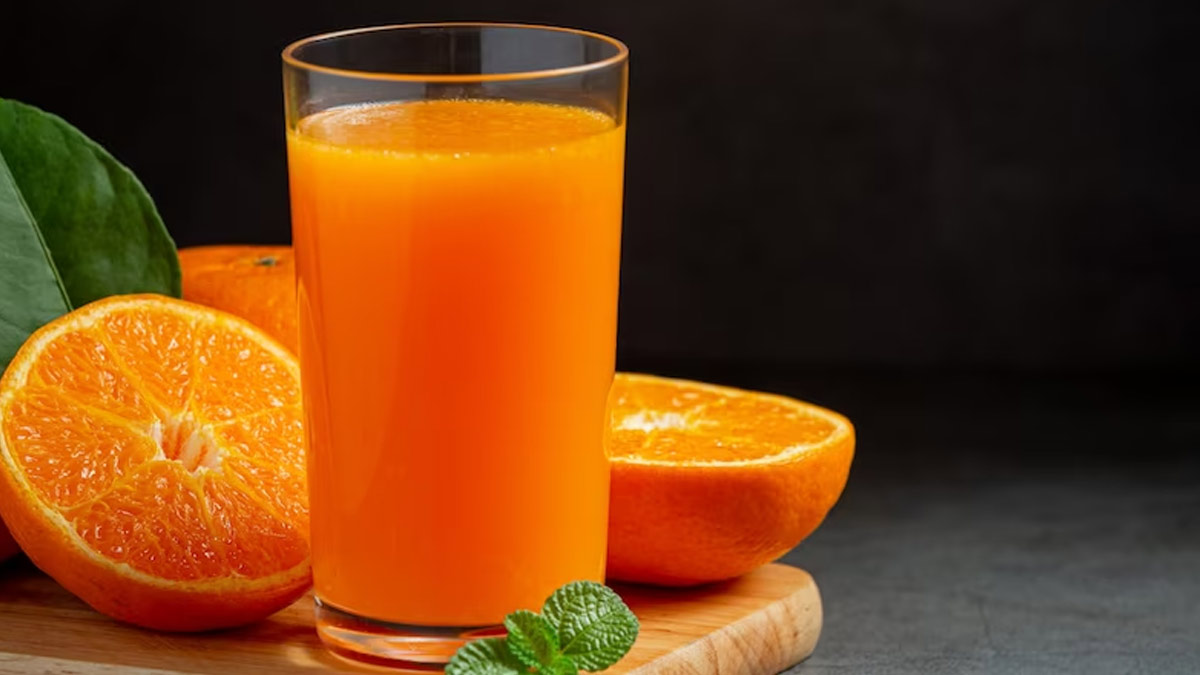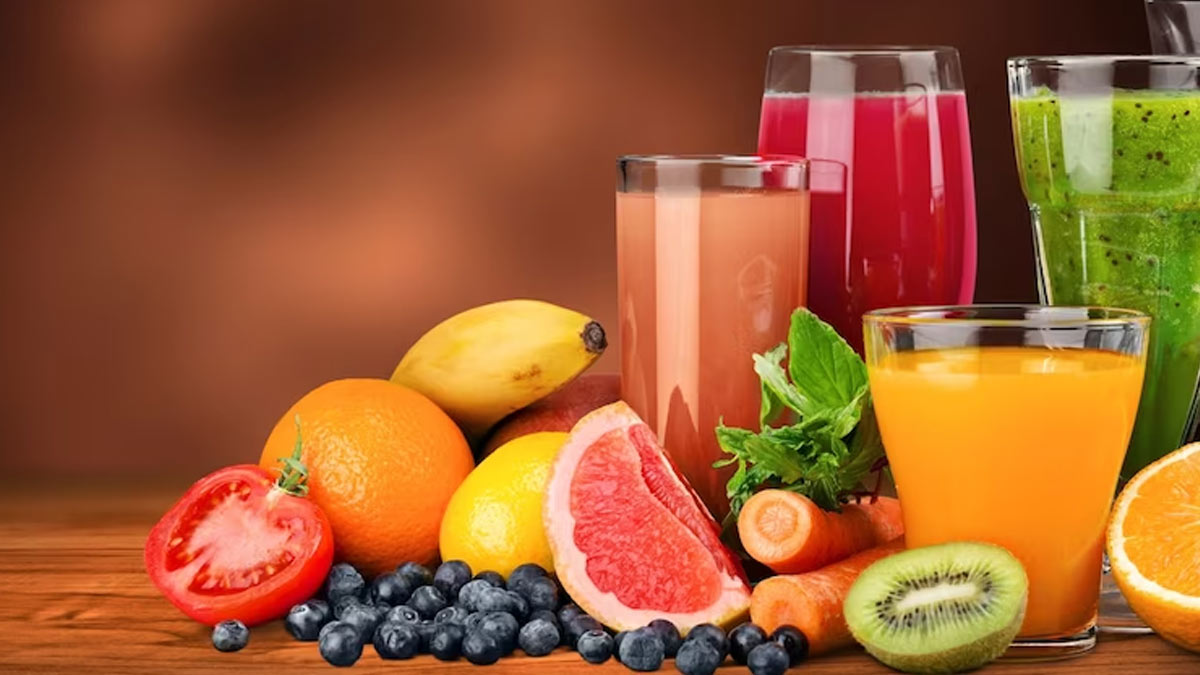

In the hustle of shedding extra kilos, many people turn to various methods, and juicing has emerged as a favourite option. Juicing involves providing a concentrated dose of vitamins, minerals, and antioxidants. However, the question remains: Is juicing for weight loss truly safe and effective? Let’s know the facts.
The Upside of Juicing for Weight Loss
According to WebMd The amount of nutrients in your juice will differ depending on whether the fruits and vegetables were grown commercially or organically. Cooking or pasteurisation can also lower the amount of nutrients in juice. Juicing has its merits when it comes to weight loss.

Boosts Nutrition: Freshly squeezed juices offer a convenient way to consume a plethora of nutrients from a variety of fruits and vegetables in one glass.
Hydration: Juices provide hydration, which is crucial for maintaining a healthy metabolism and supporting weight loss.
Low in Calories: Many fruits and vegetables are naturally low in calories, making their juices a calorie-conscious option for those looking to lose weight.
Antioxidant Power: The high content of antioxidants in juices can aid in reducing inflammation and promoting overall well-being.
Also read: 7 Health Benefits of Drinking Apple Juice Daily
The Caveats to Consider
“Instead of juice, whole fruits are a good source of nutritional fibre. Fibre plays an important role in weight management by enhancing sensations of fullness and satisfaction. It improves digestion, maintains blood sugar levels, and keeps you from overeating,” said Priya Bansal, MSc Nutrition, formerly worked at Apollo Hospital, Delhi.
Lack of Fibre
Juicing removes much of the fibre present in whole fruits and vegetables, which can lead to a less satisfying feeling of fullness and potentially overconsumption of calories.
Sugar Content
Some fruits are naturally high in sugars, and when consumed in juice form, the sugar content can be concentrated, affecting blood sugar levels.
Caloric Intake
While juices are low in calories, consuming them excessively can still lead to a high caloric intake if not balanced with whole foods. Because of their high water and fibre content, whole fruits are often low in calories. She suggested eating whole fruits rather than fruit juice to help regulate calorie consumption, making it simpler to maintain a calorie deficit and lose weight.

Sustainability
Juicing can leave out essential nutrients found in the skin and pulp of fruits and vegetables. Mrs Bansal advises to blend whole fruits into smoothies instead of just fruit juice. This way, you keep the fibre and nutritional benefits while enjoying a tasty and full drink.
How To Strike A Balance
The key to using juicing for weight loss effectively is balance. Consider these tips:
- Incorporate a variety of fruits and vegetables to ensure a broad spectrum of nutrients.
- Portion Control: Consume juices in moderation to avoid excessive calorie intake.
- Include Fibre: Add back some of the fibre by blending or mixing in the pulp whenever possible.
- Whole Foods: Don’t rely solely on juices; incorporate whole foods for a well-rounded diet.
Before making any significant dietary changes, consult a healthcare professional or registered dietitian to ensure your approach is safe to your individual needs.
Also read: Juice Cleanses: Fab or Fad? Dietitian Explains Pros and Cons
Juicing can be a valuable addition to a weight loss journey when approached with caution and balance. While it offers a burst of nutrients and hydration, it’s important to be mindful of potential pitfalls like sugar content and missing fibre. Ultimately, combining juicing with a holistic, whole-foods-based approach, and seeking professional guidance, can pave the way for safe and effective weight loss.
اكتشاف المزيد من ينبوع المعرفة
اشترك للحصول على أحدث التدوينات المرسلة إلى بريدك الإلكتروني.
